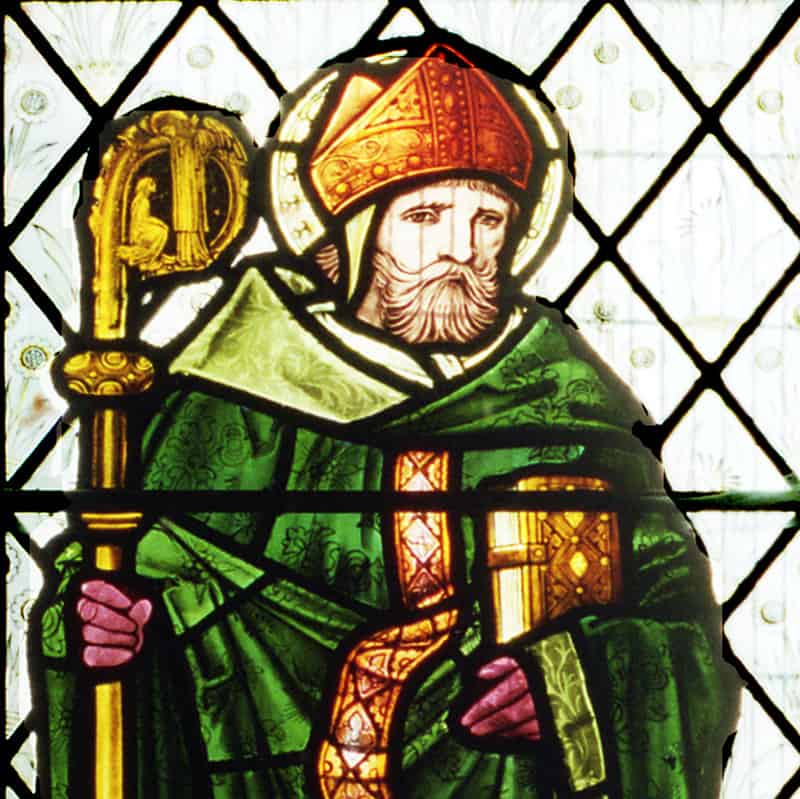
The monk and the multiverse

Physics World Stories Podcast
Shownotes Transcript
Robert Grosseteste was born sometime around the year 1170. By the time he died in 1253, he had gained a reputation as one of the leading scholars and philosophers of his age. However, some modern researchers have gone even further, calling him “the most brilliant scientist you’ve never heard of”.
“One idea he’s very famous for is a theory for the physical origin of the universe that, believe it or not, starts with a flash of light and expands out with a giant rapidly moving sphere – it’s a big bang theory of the universe,” says Tom McLeish, a physicist at Durham University.
McLeish is a member of the Ordered Universe Project, an interdisciplinary group of scientists and historians who are re-examining Grosseteste’s writings and, in many cases, “translating” his ideas into a modern mathematical form. This process has led the group in some unexpected and fruitful directions. For example, while the details of Grosseteste’s “big bang” are not compatible with modern theories – like other ancient and medieval scholars, he believed that the Earth was at the centre of the universe – McLeish notes that “physicists love playing with alternate realities and counterfactuals and toy models”. And as it turns out, analysing Grosseteste’s equations poses some interesting computational problems.
In this podcast, you’ll hear from McLeish and other members of the Ordered Universe Project, including:
medieval historian Giles Gasper on who Grosseteste was and the difficulties of reading early copies of his works;
physicist Brian Tanner on putting Grosseteste’s ideas into modern mathematical form, and on the differences between observing natural phenomena and conducting experiments;
psychologist Hannah Smithson on Grosseteste’s ideas about colour and the rainbow, and what they tell us about how people perceive the world around them.